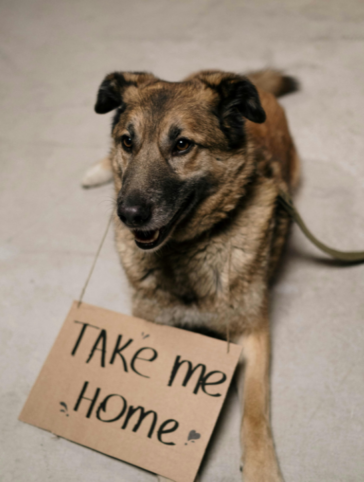
Mar 04, 2025
Six Animal Welfare Organization RisksDoes managing your organization’s risks sometimes feel like herding cats? Trap, neuter, and release organizations aim to keep feral cat populations under control and maintain a healthy balance with nature. Unfortunately, things don’t always go as planned. For example, imagine:
Insurance will help you control unexpected costs, allowing your organization to continue focusing on its mission.
What types of insurance do trap, neuter, and release organizations need? Since these organizations face a wide range of risks, multiple types of coverage may be necessary.
General liability insurance is one of the primary forms of insurance most organizations need. It provides liability coverage for third-party claims involving property damage, physical injury, and personal/advertising injuries. If you are sued for any of these reasons, general liability insurance will help with the defense costs.
Commercial property insurance provides coverage for many types of property damage, including hail, fire, wind, and vandalism. However, since it typically excludes certain perils – notably flood and earthquake damage – you may wish to secure additional coverage for these risks.
Trap, neuter, and release programs typically require some driving. In addition to commercial auto insurance for any vehicles your organization owns, you may need hired and non-owned auto insurance for vehicles your organization uses but does not own. For example, if volunteers use their personal vehicles to pick up cats, they need to maintain personal auto insurance and your organization may need to protect itself with a hired and non-owned auto insurance policy.
Did you know that board members may be personally liable for their actions – even if they’re volunteers? D&O insurance provides liability coverage for lawsuits against individual directors and officers as well as against the organization.
Trapping and handling feral cats is often dangerous. Volunteers may suffer scratches or bites and could be exposed to infections. They could also suffer injuries in other ways, such as through tripping while picking up a trapped cat. Volunteer accidental medical insurance provides protection for your volunteers and protects your organization from lawsuits.
In some cases, you may need to relocate the animals in your care due to a covered loss. For example, if your shelter is badly damaged in a storm, you may be unable to house cats there.
Your organization may need some additional coverage for the types listed above. However, it may be possible to bundle some of these coverages and some coverages may be available as endorsements on a primary insurance policy, such as your general liability insurance policy. This simplifies coverage and reduces costs while ensuring your organization has the coverage it needs to protect against unforeseen events and expenses.
Tangram provides animal welfare insurance packages for various organizations, including trap, neuter, and release organizations. Learn more.